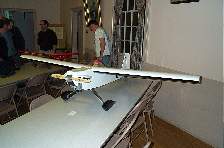
Russell Miller, 8-Ball Special (first place)
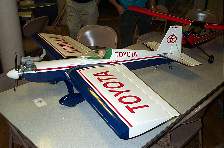
Ed Omiccioli, Sig Somethin' Extra (second place)

Peter Feil, Sig Somethin' Extra (third place)
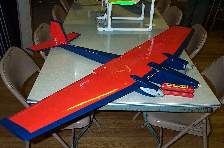
Mike Doucette, scratch-built electric twin
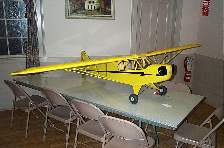
Arthur Gendron, Balsa USA Cub 1/4-scale
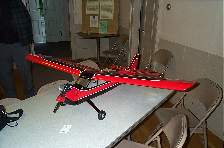
Bill Rebh, Sig Kadet MKII (taildragger)
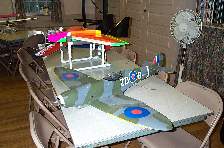
Jim Dibb, Lanier Shrike
Balsacraft Spitfire
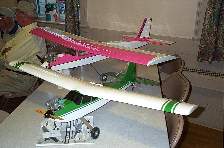
Steve Kelley, Goldberg Eagle II
Sig Scamp